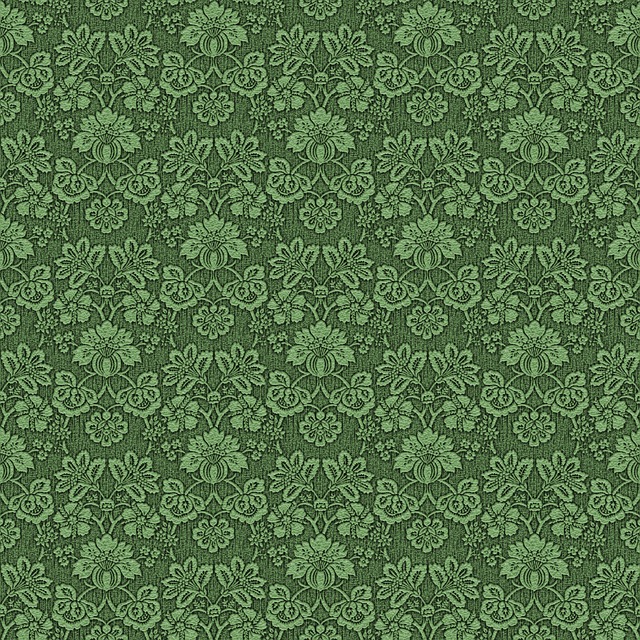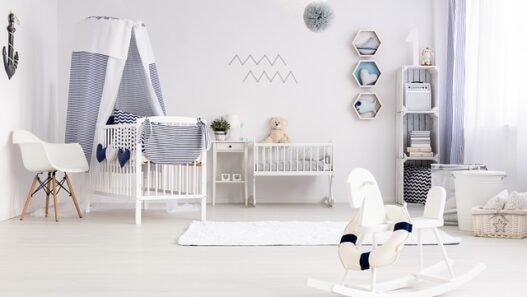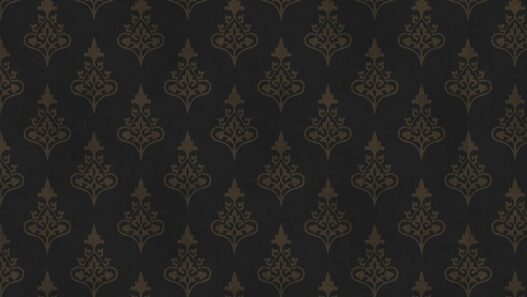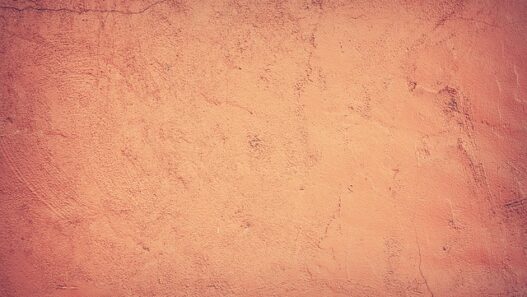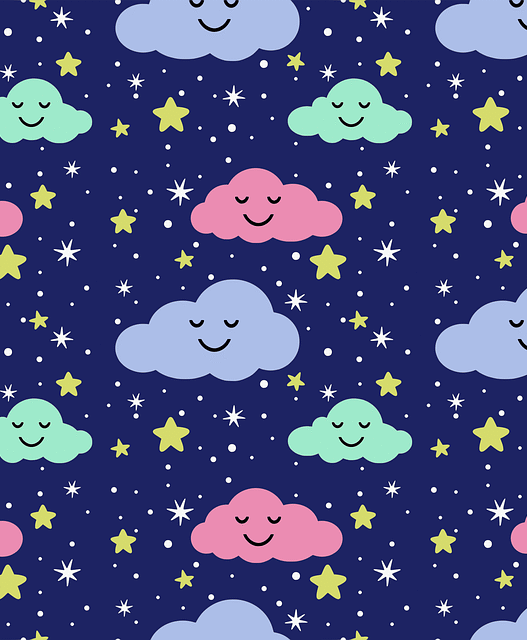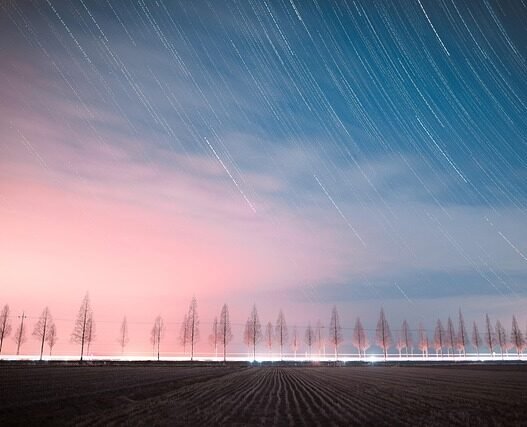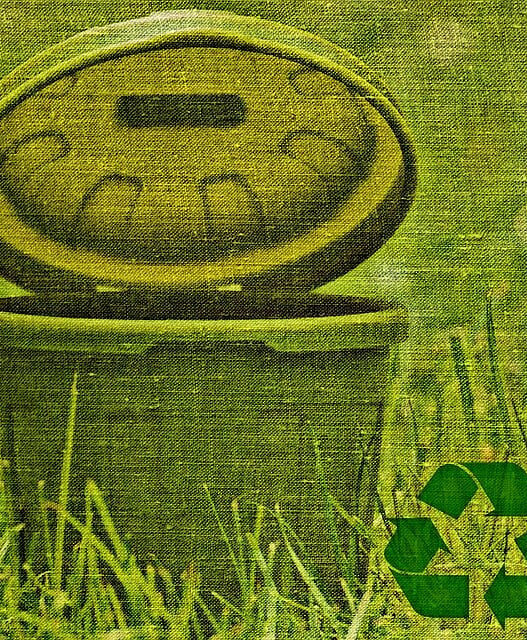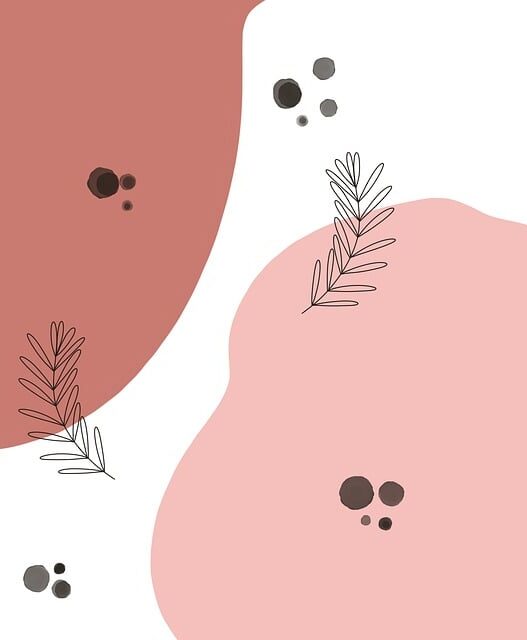Why Grasscloth Wallpaper Is the Green Choice for Eco-Conscious Interiors
If you’re dreaming of a home that feels warm, natural, and eco-conscious from floor to ceiling, it’s time to look beyond paint and traditional wallpaper. Enter: grasscloth wallpaper—a sustainable wall covering that’s not only beautiful but also packed with planet-friendly benefits.
With its raw texture, earthy tones, and handcrafted feel, grasscloth has quickly become a favorite among interior designers and environmentally aware homeowners alike. In this article, we’ll explore what makes grasscloth wallpaper such a green choice, how it enhances your space, and what you should know before installing it in your home.
What Is Grasscloth Wallpaper, Exactly?
Grasscloth isn’t just a buzzword—it’s a natural product made by weaving dried grasses and plant fibers like jute, seagrass, bamboo, sisal, arrowroot, or hemp onto a paper backing. Each roll is handcrafted, giving your walls a one-of-a-kind look that mass-produced vinyl wallpapers simply can’t match.
These natural materials are not only biodegradable and renewable, but they also bring an organic texture that instantly adds warmth and dimension to a room. No two panels look exactly the same, which adds to the charm and authenticity.
Why Grasscloth Is the Eco-Friendly Wallpaper Choice
So what sets grasscloth apart from traditional wallpapers when it comes to sustainability? Here are the key reasons:
🌱 Made from Renewable Resources
Grasscloth is produced using fast-growing plants that require minimal irrigation and pesticides. Materials like bamboo and jute regenerate quickly, making them low-impact, renewable resources.
🧪 No Harsh Chemicals or PVC
Unlike many synthetic wallpapers made from vinyl (PVC) or treated with toxic glues and dyes, grasscloth wallpapers are typically free from VOCs (volatile organic compounds), phthalates, and formaldehyde.
This makes them a healthier option for indoor air quality, which is especially important for bedrooms, nurseries, and small spaces.
♻️ Biodegradable & Low Waste
At the end of its life, grasscloth doesn’t sit in a landfill for decades like plastic-based alternatives. It’s biodegradable, which makes it a low-waste option for eco-conscious homes.
✨ Handmade and Low Energy Production
Most grasscloth wallpapers are handwoven or handcrafted in small batches, reducing the carbon footprint associated with large-scale industrial wallpaper production.
Where to Use Grasscloth Wallpaper in Your Home
Because of its natural texture and imperfect charm, grasscloth wallpaper lends itself beautifully to a wide range of design aesthetics—from coastal cottages to modern Japandi interiors. It works particularly well in:
-
Bedrooms – Soft, earthy hues create a calming retreat.
-
Dining Rooms – Adds sophistication and tactile warmth.
-
Home Offices – Provides a natural, grounding backdrop for focus.
-
Accent Walls – A perfect focal point behind a bed, sofa, or entryway console.
Searches are increasing for phrases like:
-
“eco-friendly textured wallpaper”
-
“natural wall coverings”
-
“jute grasscloth wallpaper for living room”
-
“non-toxic grasscloth wallpaper”
A Few Things to Consider Before You Buy
Grasscloth is stunning, but it’s not for everyone—or every space. Here are a few practical notes to keep in mind:
🌿 It’s Not Ideal for High-Humidity Areas
Because it’s made from organic materials, grasscloth wallpaper isn’t recommended for bathrooms or kitchens, where moisture could cause mold, warping, or discoloration.
🎨 Not Easily Cleaned
Grasscloth is not washable in the traditional sense. Spills and smudges can be difficult to remove, so it’s best suited for low-traffic or adult-only zones.
🎭 Expect Variation
Natural fibers mean no two panels will be exactly alike—so color and texture variation is part of the charm, not a flaw. If you’re a perfectionist, this might not be the look for you.
Top Grasscloth Wallpaper Brands Doing It Right
Ready to green up your walls? Here are some standout eco-conscious wallpaper brands offering beautiful, responsible grasscloth options:
🌾 Thibaut
Known for luxurious wallpaper collections, Thibaut’s grasscloth line is handwoven and available in a variety of colors—from soft neutrals to deep jewel tones.
🌿 Phillip Jeffries
Phillip Jeffries offers one of the most expansive collections of natural fiber wallcoverings, including sisal, jute, and abaca grasscloth. They prioritize low-VOC products and sustainable materials.
🪴 Serena & Lily
For a coastal, California-cool vibe, Serena & Lily’s textured wallpapers (many made from natural grass fibers) offer a clean, beachy aesthetic with minimal environmental impact.
Final Thoughts: Design With Nature in Mind
Choosing grasscloth wallpaper isn’t just about following a trend—it’s about making a conscious decision to decorate in harmony with the planet. It’s tactile, timeless, and rooted in nature. And in a world where fast furniture and synthetic materials dominate, that feels like a breath of fresh air.
So whether you’re going for a modern rustic bedroom, a boho living room, or a nature-inspired home office, grasscloth lets you make a statement—quietly and sustainably.
